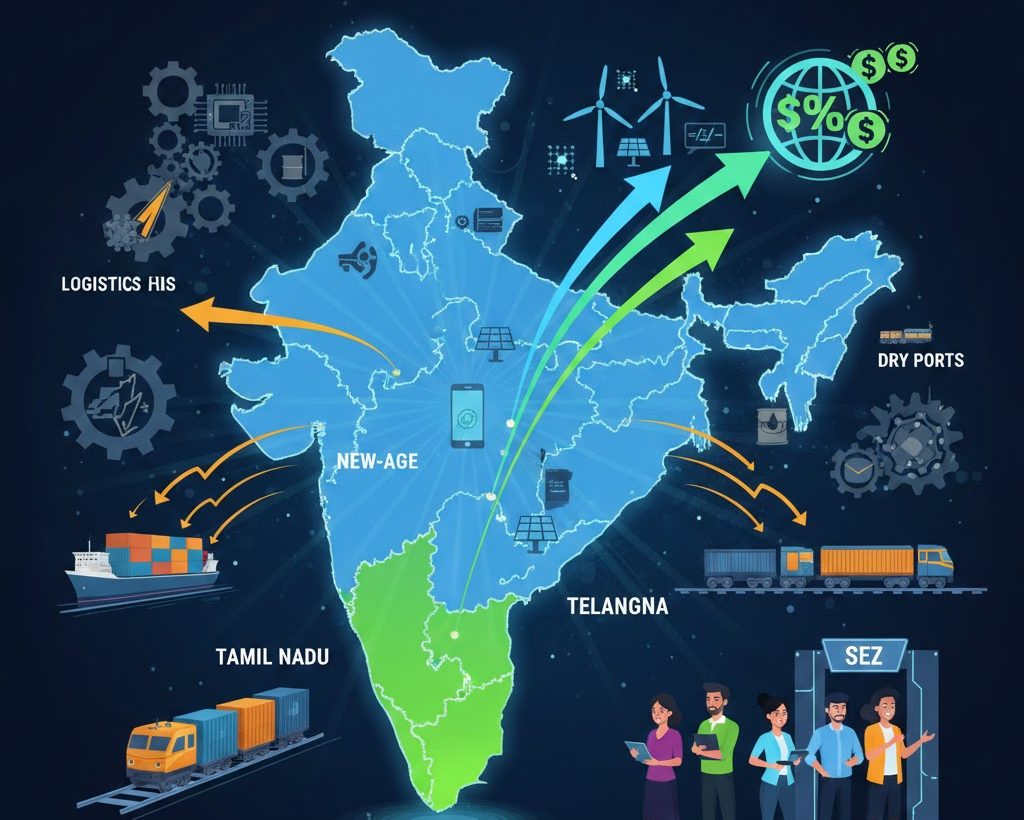Font size:
Print
India-Sri Lanka Economic Integration
Context:
As India moves toward becoming the world’s third-largest economy by 2030 and Sri Lanka focuses on stabilising and growing its economy, strengthening economic ties presents a valuable opportunity for both nations.
More on News
- The 2000 Free Trade Agreement (FTA) has been instrumental in boosting trade, investment, energy, tourism, and connectivity.
- However, challenges such as trade imbalances, domestic political sensitivities, and competition in key sectors must be addressed for sustainable integration.
- Expanding trade agreements, fostering joint ventures, and improving maritime connectivity can enhance economic cooperation and mutual growth.
India-Sri Lanka Economic Relations
- India is Sri Lanka’s largest trading partner, a leading investor, and its primary source of tourism.
- The relationship deepened during Sri Lanka’s 2022 economic crisis when India provided crucial support.
- Despite economic hurdles, Sri Lanka aims to boost exports and attract foreign investment, areas where India can play a pivotal role.
- India’s economic rise also makes Sri Lanka’s stability strategically important for regional security.
- While successive Sri Lankan governments have sought closer economic ties with India, concerns over trade imbalances and local industry competitiveness have led to resistance.
- Sri Lanka’s protectionist policies contribute to this reluctance, as seen in opposition to past trade agreements.
Benefits for Sri Lanka
- Export: Economic integration with India offers Sri Lanka increased export opportunities, essential for managing its trade deficit and foreign currency debt.
- Growth: The FTA has already facilitated growth, with over 60% of Sri Lankan exports to India benefiting from its provisions.
- Challenges remain, including Indian quotas on key Sri Lankan exports such as apparel and pepper.
- Imports: However, enhanced trade could lower the cost of living for Sri Lankans through cheaper Indian imports.
- Agreement: An Economic and Technical Cooperation Agreement would further promote trade and boost Sri Lanka’s services sector, particularly IT outsourcing.
- Foreign direct investment (FDI) is critical for Sri Lanka’s economic recovery, and India is well-positioned to invest in key sectors.
- The development of Trincomalee as an industrial hub and Colombo’s expansion as a regional logistics centre aligns with Sri Lanka’s long-term economic strategy.
- Tourism: Tourism is another key area, with India as Sri Lanka’s largest source of visitors.
- Improved connectivity and Indian investments in hospitality can enhance Sri Lanka’s attractiveness as a travel destination.
Benefits for India
- Neighbourhood and Security: Stronger economic ties with Sri Lanka align with India’s “Neighbourhood First” policy and regional security objectives.
- A stable Sri Lanka ensures India’s southern flank remains secure while reducing external geopolitical influences.
- Indian Ocean: India’s investments in Sri Lankan ports and energy infrastructure support its broader ambitions in the Indian Ocean region.
- Ensuring Sri Lanka remains economically stable prevents rival powers from gaining strategic footholds, as seen with China’s influence over the Hambantota port.
- Closer trade ties can also foster pro-India sentiment among Sri Lankan business leaders, influencing policymaking toward stronger bilateral cooperation.
- Energy: Energy security is another advantage.
- India’s growing industrial base in Tamil Nadu and other southern states will require additional power sources.
- By developing Sri Lanka’s renewable energy potential, India can secure a reliable energy partner while reducing dependency on external energy imports.
Overcoming Challenges and Moving Forward
- Trade imbalances, protectionist policies, and political resistance in Sri Lanka require careful negotiation and policy alignment.
- A structured Economic Cooperation Council between both nations can facilitate dialogue on trade, investment, and regulatory reforms.
- A joint task force involving key ministries, central banks, and think tanks could drive targeted economic initiatives.
- Expanding trade agreements, encouraging joint ventures in energy and technology, and strengthening maritime connectivity should be prioritised.
- Additionally, enhancing people-to-people relations through cultural and educational exchanges will build trust and deepen cooperation.
India-Sri Lanka economic integration presents a strategic opportunity for mutual growth, regional stability, and stronger bilateral relations. By addressing existing challenges and capitalising on shared interests, both nations can build a lasting economic partnership, fostering prosperity and stability in South Asia.


